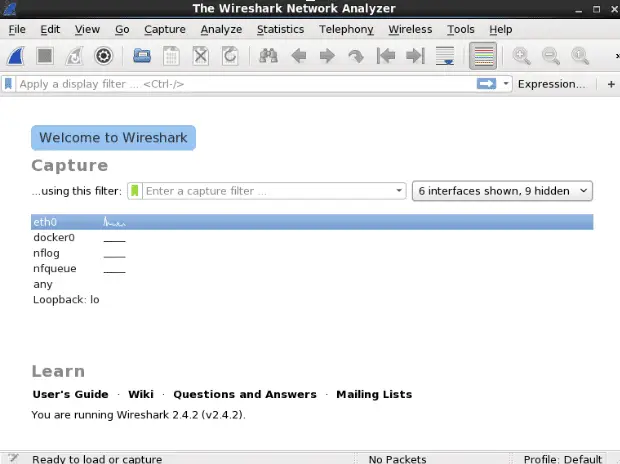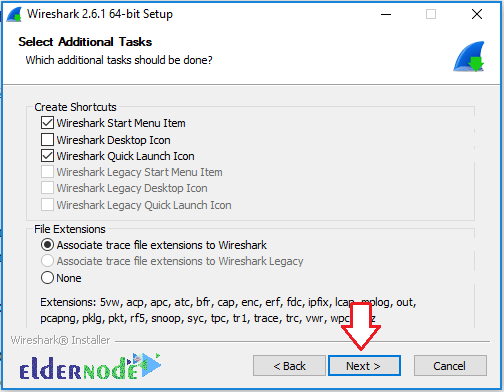

- #WIRESHARK LINUX VS WINDOWS REDDIT INSTALL#
- #WIRESHARK LINUX VS WINDOWS REDDIT DRIVER#
- #WIRESHARK LINUX VS WINDOWS REDDIT CODE#
- #WIRESHARK LINUX VS WINDOWS REDDIT DOWNLOAD#
#WIRESHARK LINUX VS WINDOWS REDDIT INSTALL#
On Red Hat Enterprise Linux (RHEL) 8: dnf install wireshark Use cases On Red Hat Enterprise Linux (RHEL) 7: yum install wireshark Wireshark can be installed with the standard simple commands.

#WIRESHARK LINUX VS WINDOWS REDDIT DOWNLOAD#
Download RHEL 9 at no charge through the Red Hat Developer program.


#WIRESHARK LINUX VS WINDOWS REDDIT CODE#
However, there is sample code for a tool called kdump (at the end of the page). The function pcap_live_dump() is not used in dumpcap, so there is no way to use/test that right now.
#WIRESHARK LINUX VS WINDOWS REDDIT DRIVER#
I tend to agree with that, although I don't know the internals of WinPcap or libpcap good enough for my own (internal) final résumé.Ĭite: 'When the kernel-level traffic logging feature of NPF is enabled, the capture driver addresses the file system directly, hence the path covered by the packets is the one of the red dotted arrow: only two buffers and a single copy are necessary, the number of system call is drastically reduced, therefore the performance is considerably better.' There's no generic reason why WinPcap would be faster than libpcap on all platforms Manually choosing an "appropriate" snapshot length would work better, but that's link-layer header type dependent, and some such headers (e.g., radiotap headers) are variable-length, so it's tricky. So -s0 may mean "fewer slots", but it may also mean "you get all the bytes of the packet". If there's segmentation offloading (so that a "packet" delivered to the adapter could be bigger than the maximum Ethernet packet size), or if the adapter isn't an Ethernet adapter, libpcap will fall back on the snapshot length as the maximum packet size, otherwise it'll use the MTU + 14 bytes for the Ethernet header. the smallest needed to ensure that no packets are cut short. With newer versions of libpcap, even with -s0 (65K snapshot length) will attempt to pick a "better" maximum packet size, i.e. When capturing with the TPACKET_V1 and TPACKET_V2 memory-mapped capture mechanisms (which are the only memory-mapped capture mechanisms supported by current libpcap - TPACKET_V3 isn't currently supported - and which are used by libpcap if available), the larger the maximum packet size libpcap uses, the fewer packet slots there are. So, capturing with -s0 (65k) is a bad idea, as there are fewer slots for packets in the kernel buffer?


 0 kommentar(er)
0 kommentar(er)
